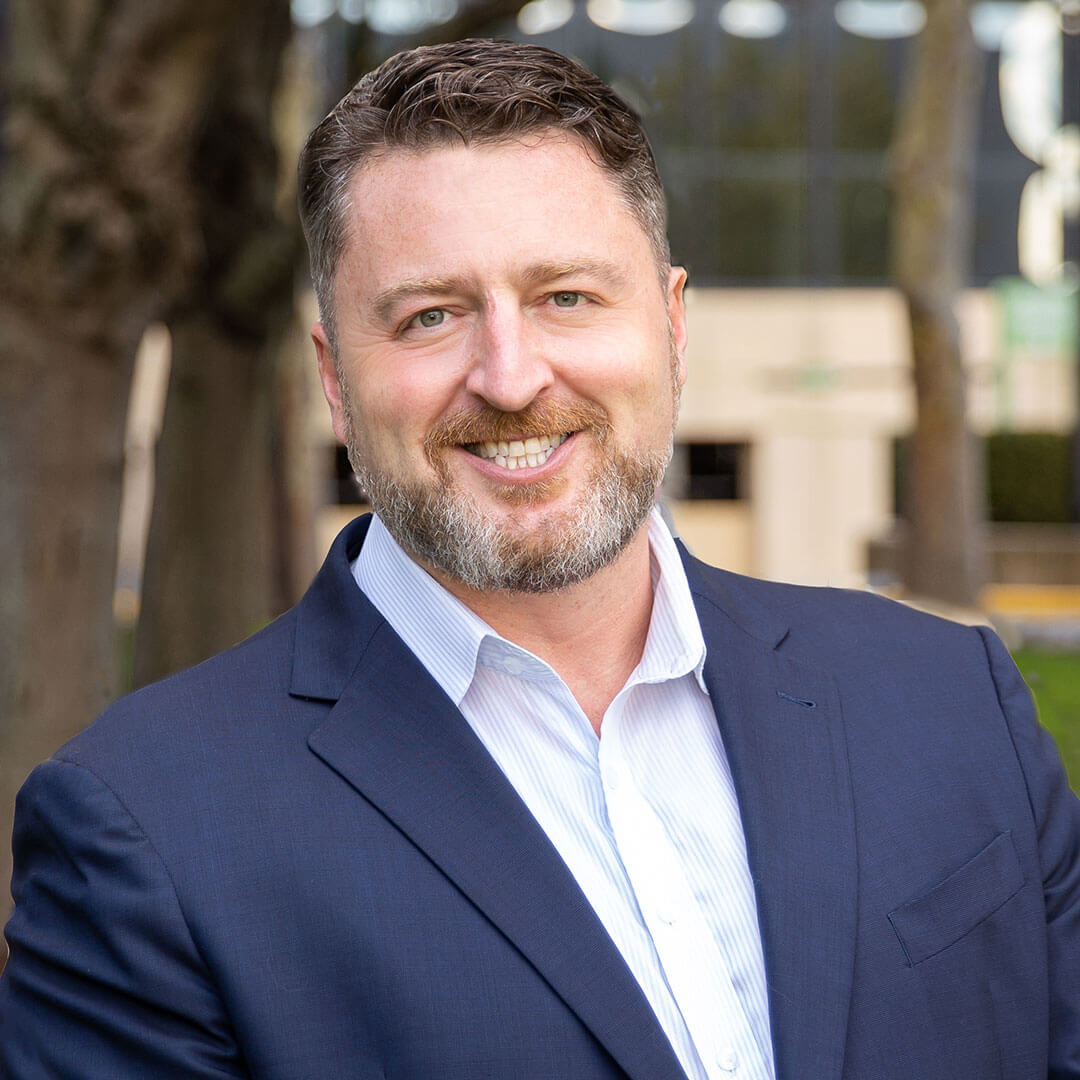Following hot on the heels of Gartner’s Hype Cycle for Monitoring and Observability 2023, ReadyWorks was recognized once again by Gartner. The Gartner Hype Cycle for Data Center Infrastructure Technologies, 2023, is the sixth hype cycle to mention the transformational capabilities of a digital platform conductor (DPC), this time in helping Infrastructure and Operations (I&O) leaders to devise sustainable, secure, scalable, agile, intelligent, and resilient physical infrastructure platforms at an acceptable cost.
Gartner Hype Cycles help companies discern from the hype, showing the evolution of technology over time, and its potential for meeting particular business needs. Gartner defines transformational technologies as ‘enabling new ways of doing business across industries that will result in major shifts in industry dynamics.’
Gartner predicts that, by 2027, 75% of organizations will have implemented a data center infrastructure sustainability program, a dramatic increase from 5% in 2022. It seems organizations are reacting to the growing appetite for sustainable solutions, as companies expect investments in these to positively impact costs, brand reputation, innovation, resilience, and talent acquisition.
With the global hybrid cloud market expected to grow from $85 billion in 2021 to $262 billion in 2027, more organizations will move to this structure as they strive to meet the needs of all their workloads. Many companies have already adopted a hybrid approach to the cloud to take advantage of shared infrastructure in the public cloud, while keeping some data on premises for regulatory reasons. However, as companies react to unpredictable costs, and operational digital transformation programs dictate the need for more processing power and storage at the edge, the on-premises data center will again take on greater prominence, thereby increasing the pressure on organizations to implement sustainable solutions.
Gartner suggests that businesses adopt a comprehensive approach that aligns the I&O strategy with critical business outcomes, recognizing the indirect benefits of sustainable IT operations. With its survey finding the top three indirect benefits that organizations expect to see being reduced costs, increased innovation and resilience, Gartner has suggested ways to achieve these goals:
- Reduced Costs: Companies can benefit from cost savings by deferring purchases of new equipment and extending the life spans of existing assets. Gartner suggests that up to 60% savings can be made by extending product life spans from 3 to 5 years and better optimizing server utilization and storage capacity.
- Innovation: More companies could be taking advantage of new AI and analytics. For example, open telemetry platforms can be deployed to track and enhance energy efficiency while offering critical insights on usage patterns, allowing IT to optimize system performance.
- Better Risk Management and Mitigation: As price and supply chain volatility continues, organizations can become more resilient by adopting sustainable recycling and resource utilization practices, including the use of renewable energy, generating their own power, and reusing or redeploying equipment as much as possible.
Five steps to sustainable IT Asset Disposition
To do all this, I&O leaders must gain visibility across the hybrid cloud environment. That’s no mean feat with data held in providers’ cloud management systems as well as disparate tools, databases and repositories managed by IT and other business teams. Traditionally IT has relied on manual processes to gain visibility, aggregating the data from multiple spreadsheets, and analyzing it to make decisions. But that takes time, is error-prone, and increases operational costs while risking performance, data security, and fines if data is misplaced or mishandled.
It’s not possible to make accurate decisions and optimize workloads in such a dynamic environment without a continual clear picture of complex dependencies and usage patterns. Reporting progress can be a hit-and-miss affair too.
Using a DPC to optimize the enterprise hybrid data center environment
A digital platform conductor connects to and orchestrates the various infrastructure tools required to plan, implement, operate, and monitor hybrid cloud environments. It aggregates, normalizes, and analyzes data from those tools, to provide a real-time view of the hybrid data center environment from any angle.
I&O leaders can see how change impacts the entire environment at any stage across the lifecycle, and use this information, to make accurate and timely decisions on where to place workloads to gain performance, cost, and sustainability benefits and to comply with regulatory requirements. And, leveraging a DPC’s orchestration capabilities, they can automate workflows to successfully manage change.
Book a demo with ReadyWorks to understand how a digital platform conductor can help you optimize your enterprise hybrid cloud environment.
